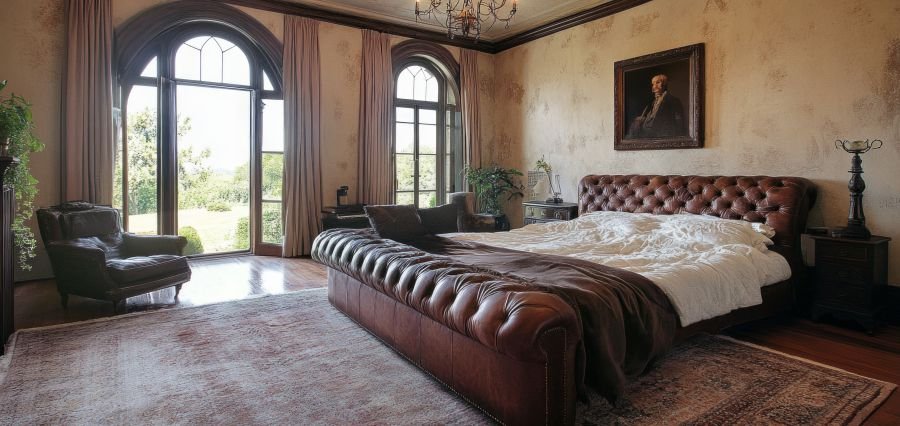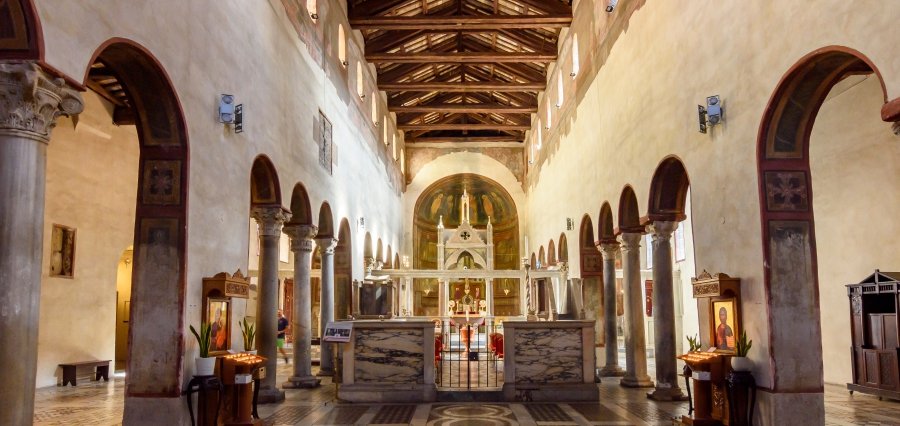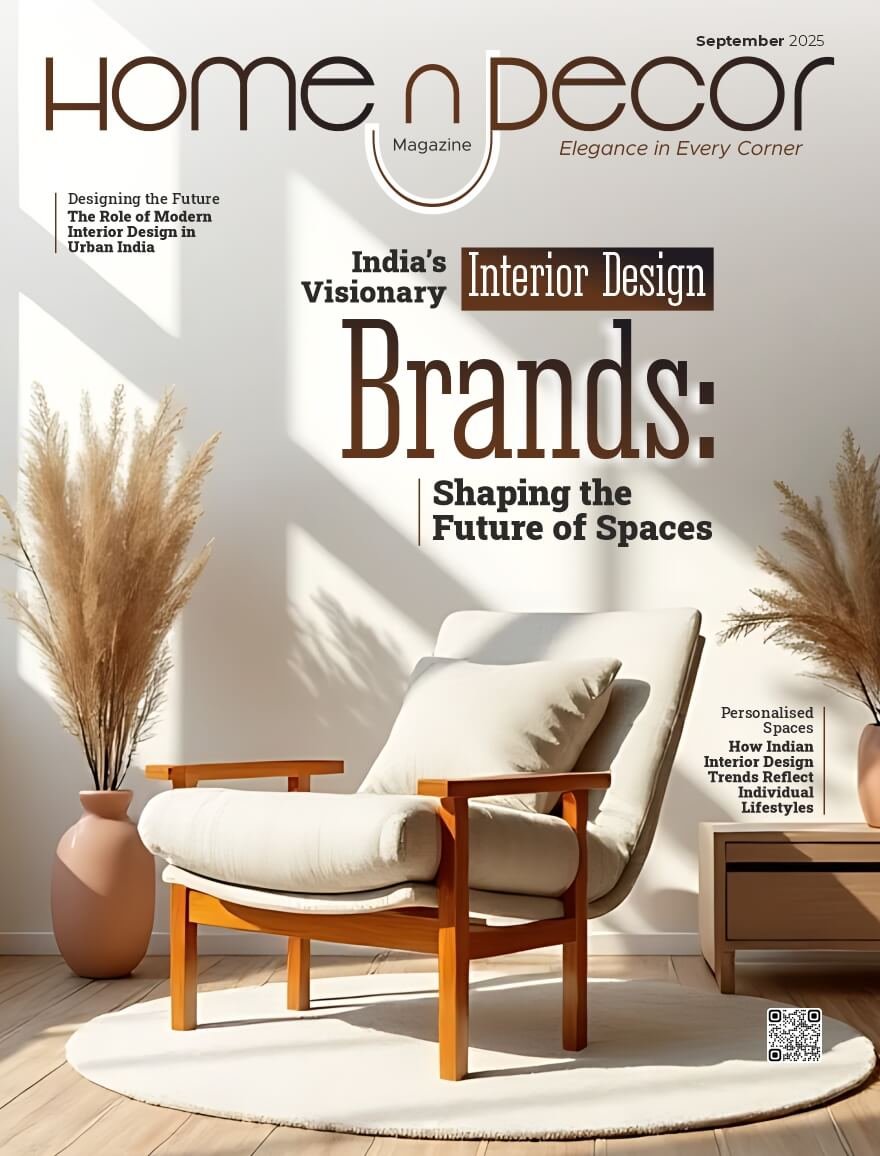Prime Highlight
- Retrouvius, founded by Maria Speake and Adam Hills, has redefined architectural salvage by transforming reclaimed materials into stylish interior design.
- Speake’s new book showcases 14 projects from the past decade, illustrating how salvage brings character and history to modern spaces.
Key Facts
- Retrouvius began in 1993 after its founders, then architecture students, were inspired to rescue valuable materials from demolitions.
- Notable projects include repurposing windows from Battersea Power Station and crafting parquet flooring and oak cabinets from reclaimed wood.
Background
Architectural salvage, a practice dating back millennia, has been reimagined by Retrouvius, the design company founded in 1993 by Maria Speake and Adam Hills. The pair, then students at the Mackintosh School of Architecture in Glasgow, were disturbed by the destruction of valuable building materials during local demolitions. Their response was to rescue and re-use, giving birth to Retrouvius, a name combining “retro” and “Vitruvius.”
The company relocated to London in 1997, where Speake expanded its role into interior design. The approach pairs salvaged materials with new settings, giving them fresh life. In one apartment, windows from Giles Gilbert Scott’s Battersea Power Station were repurposed, while in other homes, parquet flooring and oak cabinets were crafted from reclaimed wood.
Retrouvius’ ethos is captured in Speake’s new book, which presents 14 projects completed in the past decade. Design journalist Emma Crichton-Miller, writing in the book, notes that modern interiors increasingly value tactile, handmade, and eclectic combinations of antique and contemporary design.
Speake argues that salvage works especially well in new-builds, where reused materials bring character and history to otherwise blank spaces. Although her design might not appeal to all, she has made it clear that re-use is a viable option in the face of fresh-out-of-the-box interiors.
Retrouvius continues to influence contemporary design, positioning architectural salvage as both practical and stylish.





